
- 1 Key Differences Between Model 3 and Model Y
- 2 Interior Space and Practicality
- 3 Performance and Efficiency Analysis
- 4 Technology and Features
- 5 Running Costs for UK Owners
- 6 Driving Experience Comparison
- 7 Which Tesla Suits Your Needs?
- 8 Market Availability and Delivery Times
- 9 Future Considerations
- 10 Conclusion
Choosing between the Tesla Model 3 and Model Y represents a dilemma facing UK electric vehicle buyers in 2025. Both vehicles share Tesla’s advanced technology platform, but significant differences in design, practicality, and pricing make this decision far from straightforward.
Key Differences Between Model 3 and Model Y
The Model 3 saloon and Model Y SUV differ fundamentally in body style, which affects everything from passenger space to boot capacity. Model 3 measures 4,694mm in length and 1,443mm in height, whilst Model Y stretches to 4,751mm long and towers at 1,624mm tall, providing 181mm of additional headroom.
Pricing Comparison for UK Market
Model 3 pricing starts from £39,990 for the rear-wheel-drive variant, climbing to ~£60,000 for Performance models. Model Y commands a premium, beginning at £44,990 for the entry-level version and reaching ~£66,000 for the Performance variant, matching its saloon sibling at the top end.
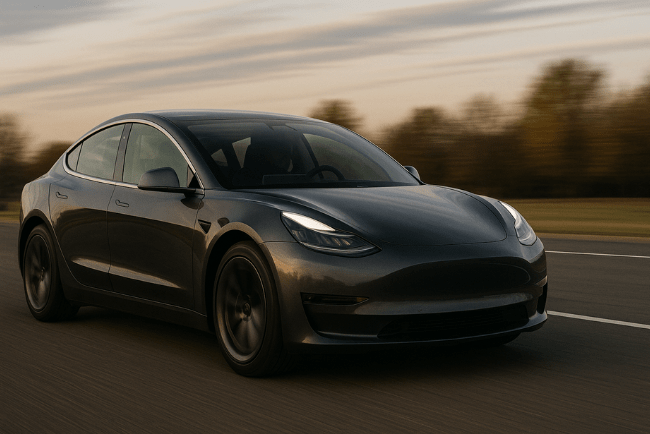
Interior Space and Practicality
Model Y has slightly more headroom compared to Model 3, especially in the back seats. Adults sitting in Model Y’s front seats enjoy 41 inches of headroom versus 40.3 inches in Model 3, while rear seat occupants in Model Y enjoy up to 39.4 inches of headroom compared to the 37.8 in Model 3. This makes longer journeys noticeably more comfortable for taller passengers.
Leg room is more evenly distributed in the Model Y, with 41.9 inches in the front and 40.5 inches in the back, compared to 42.7 inches and 34.5 inches for the Model 3. The driver and front passenger enjoy slightly more room in a Model 3, but the passengers will notice a significant increase in Model Y.
The crossover’s higher roofline eliminates the claustrophobic feeling some passengers experience in Model 3’s sloping rear compartment. Model Y also provides easier entry and exit thanks to its raised ride height and larger door openings.
Boot Space and Storage
Boot capacity represents the starkest difference between these vehicles:
Model Y nearly doubles Model 3’s cargo capacity, and folding the rear seats expands this to 2,138 litres. The Y’s hatchback design accepts bulky items that simply won’t fit through Model 3’s traditional boot opening.
Table: Storage Comparison
| Storage Area | Tesla Model 3 | Tesla Model Y |
| Front trunk (Frunk) | 88 L | 116 L |
| Behind second row (seats upright) | 594 L | 822 L |
| Max total cargo volume (with 5 passengers) | 682 L | 938 L |
Note that Model Y allows for folding down seats, increasing the maximum capacity of the boot to 2022 L for a total of 2138 L with the “Frunk”.
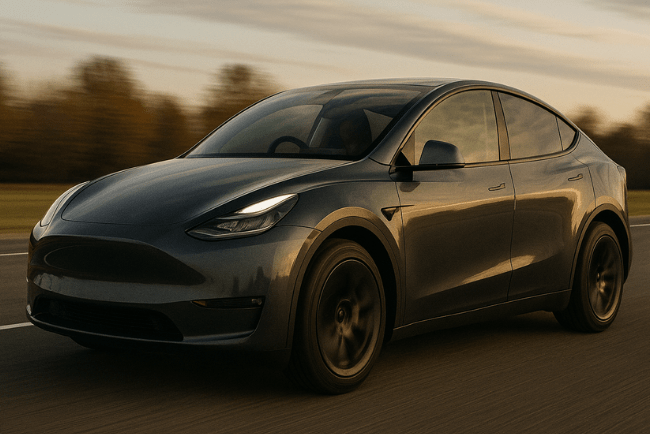
Performance and Efficiency Analysis
Despite sharing powertrains, weight differences affect performance metrics. Model 3’s lower mass delivers quicker acceleration in comparable variants:
This performance gap remains in Performance variants, where Model 3s achieve 0-60mph in 2.9 seconds compared to the Model Ys’ 3.4 second, increased power output somewhat compensating for Model Y’s additional weight.
Range and Efficiency in UK Conditions
WLTP-certified ranges favour the more aerodynamic and lighter Model 3:
Real-world UK driving typically achieves 80-85% of WLTP figures, meaning Model 3 Long Range owners can expect approximately 312-332 miles versus 265-281 miles in Model Y during mixed driving conditions.
Technology and Features
Both vehicles include Tesla’s Autopilot system, 15-inch central touchscreen, and over-the-air updates. The Model 3 is considered one of the best electric cars in the UK for 2025 by the experts from Autodoc(https://www.autodoc.co.uk/info/best-electric-cars-uk), particularly praising its technology integration.
Available equipment across both models includes:
Model Y adds a panoramic glass roof as standard, whilst Model 3 offers this as part of optional packages. The elevated driving position in Model Y provides superior visibility, particularly valuable on narrow UK roads and in urban environments.
Running Costs for UK Owners
Assuming 12,000 annual miles and 3.5 miles/kWh efficiency, the charging costs are:
Model 3’s superior efficiency reduces these costs by approximately 12-15% compared to Model Y.
Insurance and Tax Considerations
Insurance groups place both variants between groups 48-50, with the Performance variants occupying the higher end of the range. Both vehicles previously qualified for zero road tax (VED) until April 2025 but are expected to escape London’s Congestion Charge until the end of December 2025.
Driving Experience Comparison
Model 3 delivers a more engaging driving experience with its lower centre of gravity providing sharper handling and reduced body roll. The saloon’s steering feels more connected, appealing to enthusiastic drivers who prioritise dynamics over utility.
According to the experts from Autodoc, the Tesla Y(https://club.autodoc.co.uk/magazin/tesla-model-y-specs-performance-size) excels in ride comfort, with its longer suspension travel better absorbing UK road imperfections. The higher driving position reduces fatigue on longer journeys and improves confidence in heavy traffic.
Which Tesla Suits Your Needs?
Below are guidelines for picking the right Tesla for your needs.
Choose Model 3 If You:
Choose Model Y If You:
Market Availability and Delivery Times
UK delivery times fluctuate based on configuration:
Popular colours and specifications typically arrive faster, whilst unique configurations may extend waiting periods. The uncertainty regarding tariffs, particularly where car manufacturers are concerned, may also contribute to longer waiting times.
Future Considerations
Tesla’s commitment to continuous improvement means both vehicles receive regular updates. Upcoming enhancements include improved Autopilot capabilities, enhanced efficiency through software optimisation, and potential battery chemistry improvements.
The comparison of the Model 3 and Model Y(https://ecofactortech.com/en/tesla-model-3-vs-tesla-model-y/) ultimately depends on individual priorities. Model 3 remains the efficiency champion and driving enthusiast’s choice, whilst Model Y provides unmatched practicality within Tesla’s range.
The political dimension tied to the controversial activities of Tesla’s owner Elon Musk does the two variants a disservice, possibly scaring away customers from a reasonable purchase of an EV that meets their needs.
Conclusion
Model 3 versus Model Y represents a classic head-versus-heart decision. Model 3 offers superior efficiency, lower pricing, and more engaging dynamics, making it ideal for couples, urban dwellers, and driving enthusiasts. Model Y’s practicality, versatility, and commanding driving position better suit families, outdoor enthusiasts, and those prioritising comfort over sportiness.
Both vehicles deliver Tesla’s innovative technology, extensive Supercharger network access, and industry-leading software updates. The ‘correct’ choice depends entirely on whether you value the Model 3’s efficiency and dynamics or Model Y’s space and versatility more highly.
Key Takeaways:


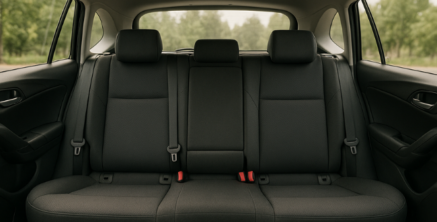


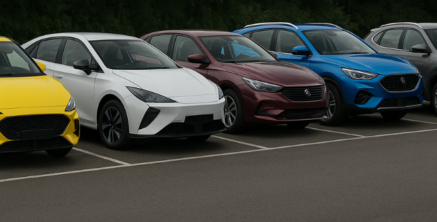
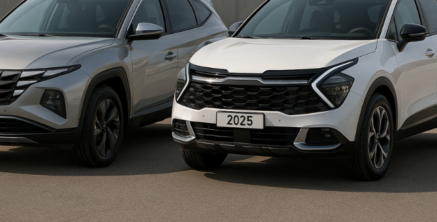

Comment